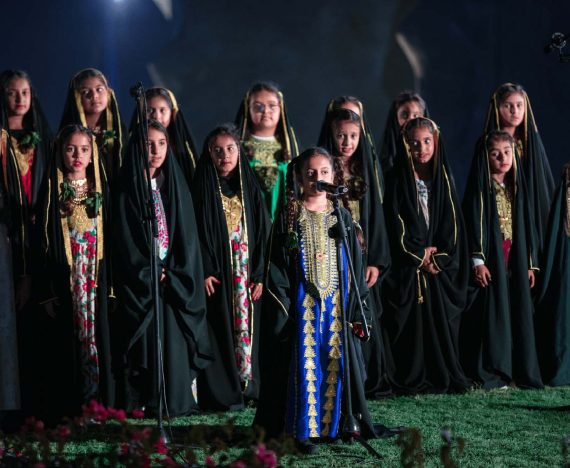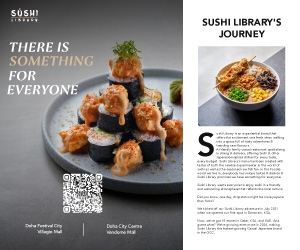NATIONAL MUSEUM OF QATAR PRESENTS FIRST NATURAL HISTORY EXHIBITION ON THE DUGONG, THE PROTECTED MARINE MAMMAL NATIVE TO QATAR’S WATERS
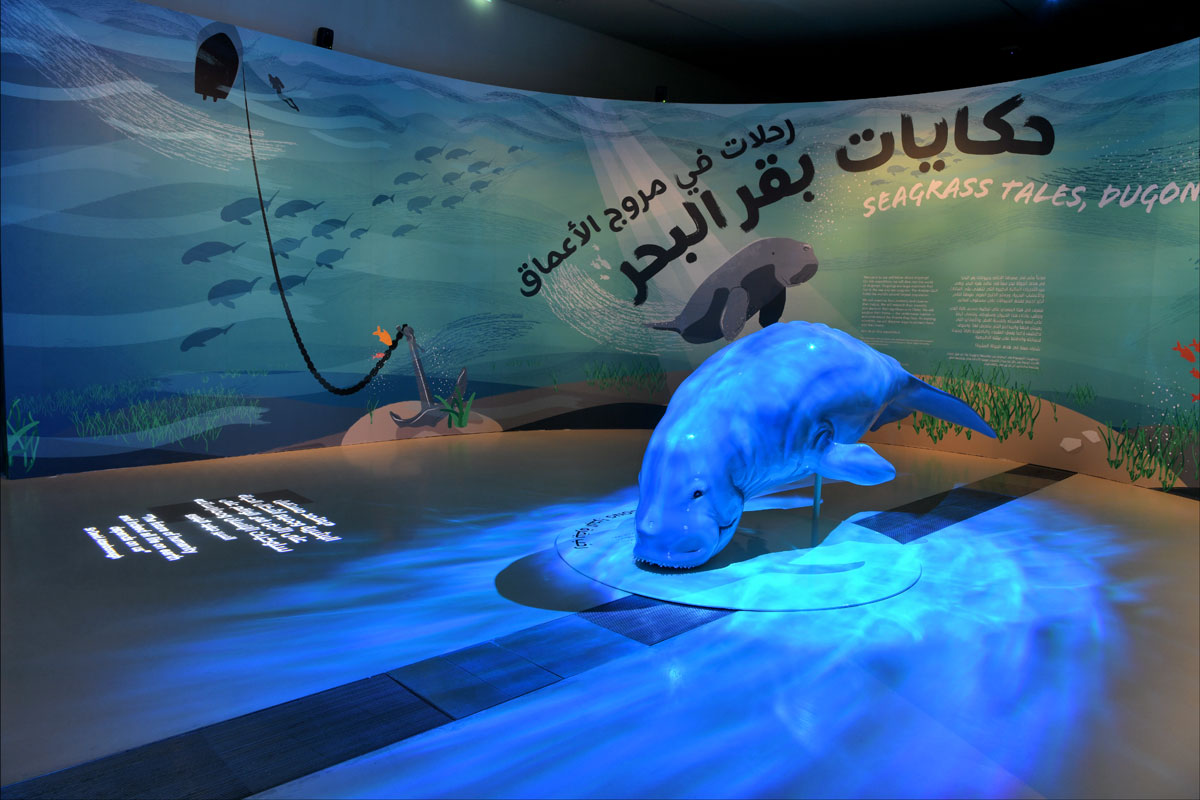
“Seagrass Tales, Dugong Trails” examines the animal’s habits, habitat and ongoing cultural significance for Qatar
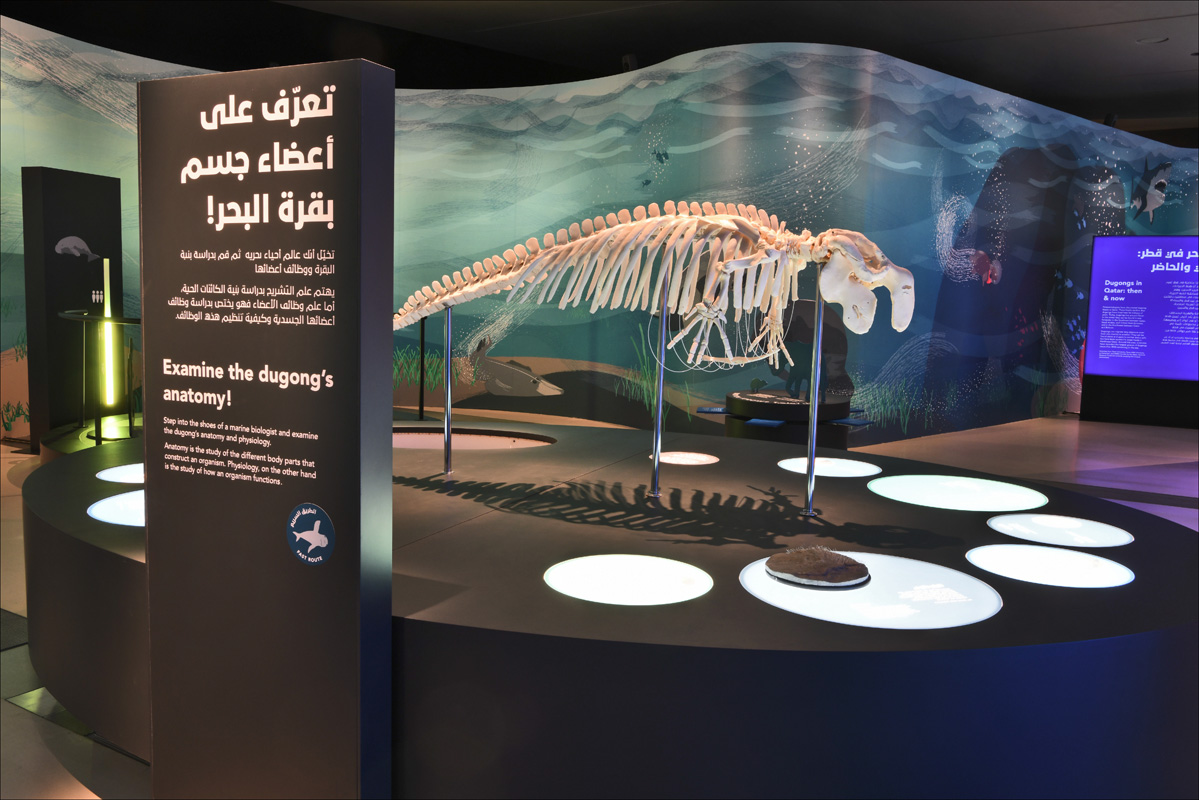
The National Museum of Qatar (NMoQ) has unveiled Seagrass Tales, Dugong Trails, a special exhibition on the dugong (baqarat albahr), the shy marine mammal that has inhabited the waters surrounding Qatar’s peninsula for more than 7,500 years. Seagrass Tales, Dugong Trails will examine the animal, its environment, and its ongoing cultural significance for Qatar, while also highlighting how the community can mitigate the dugong’s threat of extinction.

“The dugong is a fascinating creature, and its story is sure to captivate museum visitors of all ages,” explained Sheikha Amna bint Abdulaziz bin Jassim Al Thani, Director, National Museum of Qatar. “We want to inform our public about the importance of protecting these mammals, which have special cultural and environmental significance to the people of Qatar. With this in mind, the National Museum has adopted the dugong as its official mascot. We are thankful to our many partners who supported the research behind Seagrass Tales, Dugong Trails, especially ExxonMobil Research Qatar.”
The exhibition takes the name Seagrass Tales, Dugong Trails from the trails that the animal leaves as it travels through seagrass meadows, an important element of the underwater ecosystem. Eating all day and all night, dugongs use their heavy bones to sink down to the seafloor and their bristly snouts to detect plants and sweep them into their mouths. The exhibition will be organized into three overarching themes – learning, discovery, and experience – and is curated by Evangelia Patmali, an exhibition researcher, and Bouthayna M Baltaji, Head of Exhibitions at NMoQ.
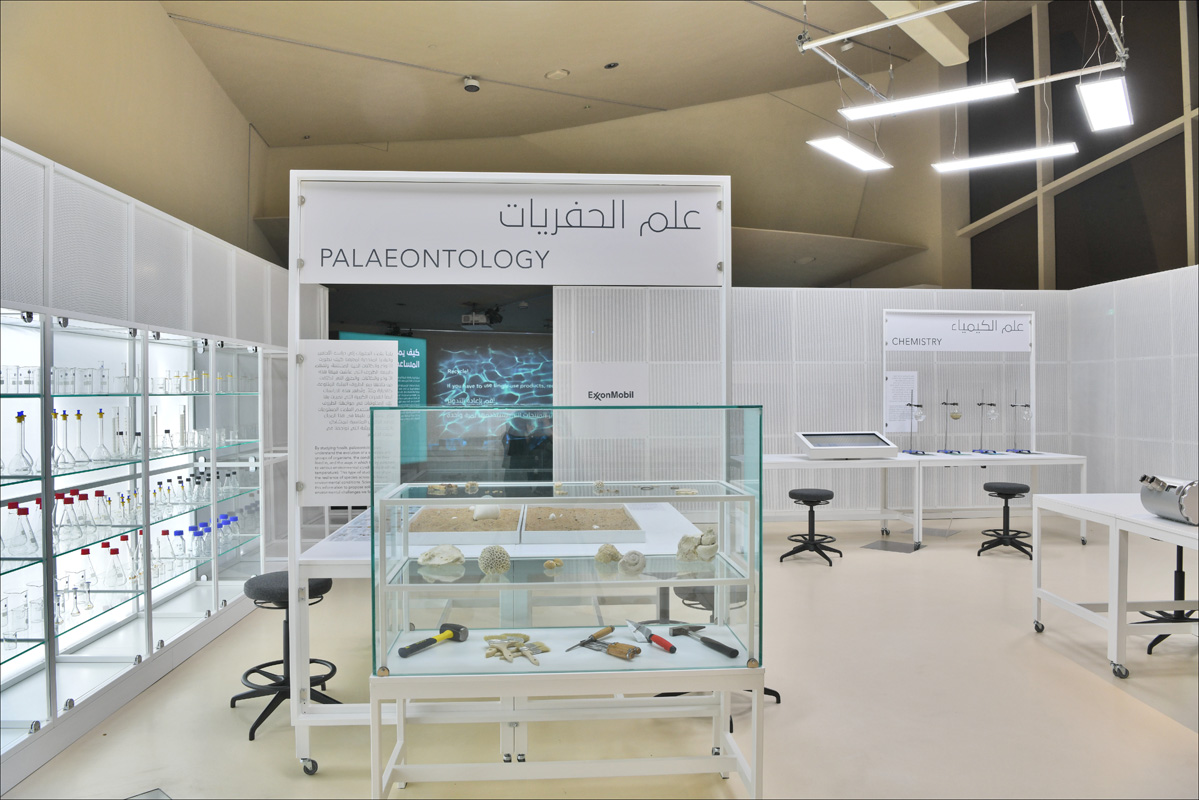
Visitors will be introduced to the dugong – a sirenian (or “sea cow”) closely related to the manatee, and the last living species in the Dugongidae family – and invited to learn about its physiology and anatomy, scientific classification and evolution, and history in the region. Dugongs typically measure more than three metres in length and can weigh up to 550 kg. They date back 50 million years, to the Tethys Sea region. While dugongs typically live alone or in small groups, travelling along the coast and grazing on up to 40kg (10% of their mass) of seagrass per day, the largest herds in the world, comprising approximately 800 dugongs coming together to breed, have been recorded in Qatar.
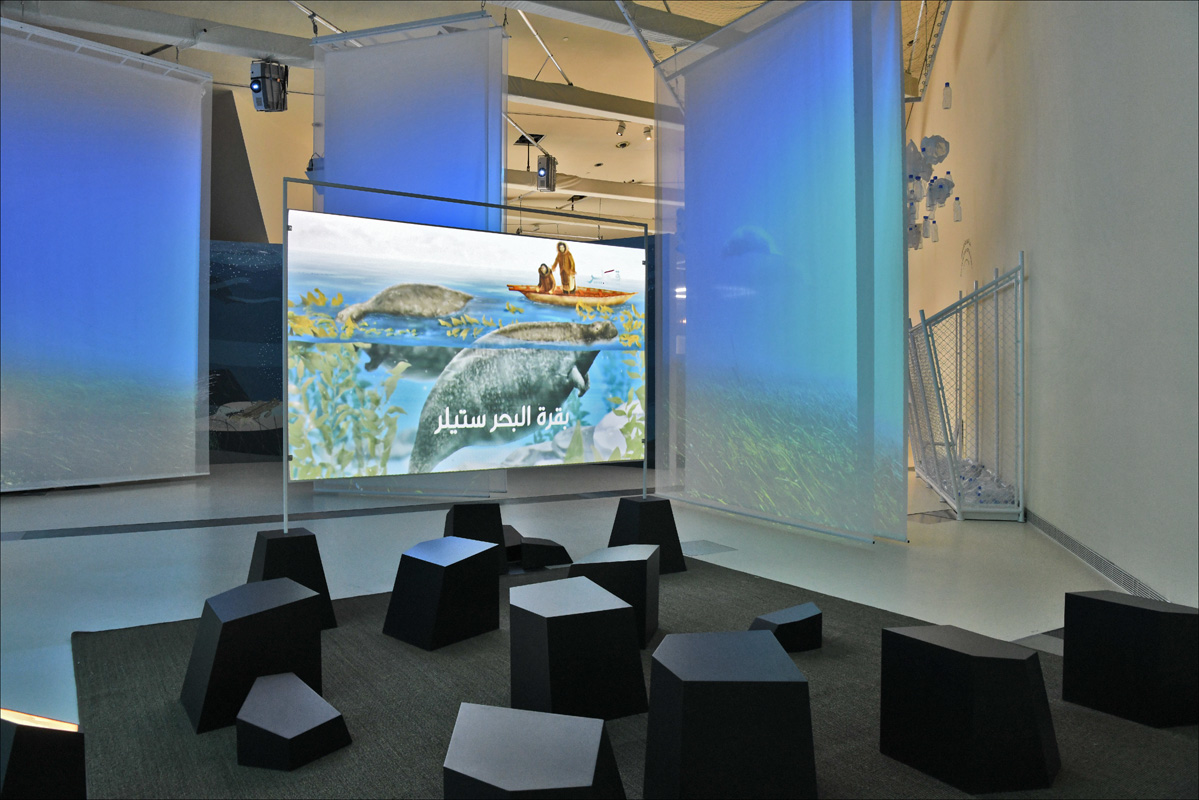
Although dugongs are protected under the Qatar MME and the International Union for Conservation of Nature (IUCN), localized fishing, pollution, and coastal development have contributed to environmental degradation that threatens the animal’s extinction. The exhibition will conclude by sharing how visitors can help protect the dugong in Qatar, as well as highlighting different professions in research and conservation (marine biologists, chemists, geologists, palaeontologists, ecologists, zoologists, ethologists, etc.) that are helping to maintain the dugong’s natural habitat.
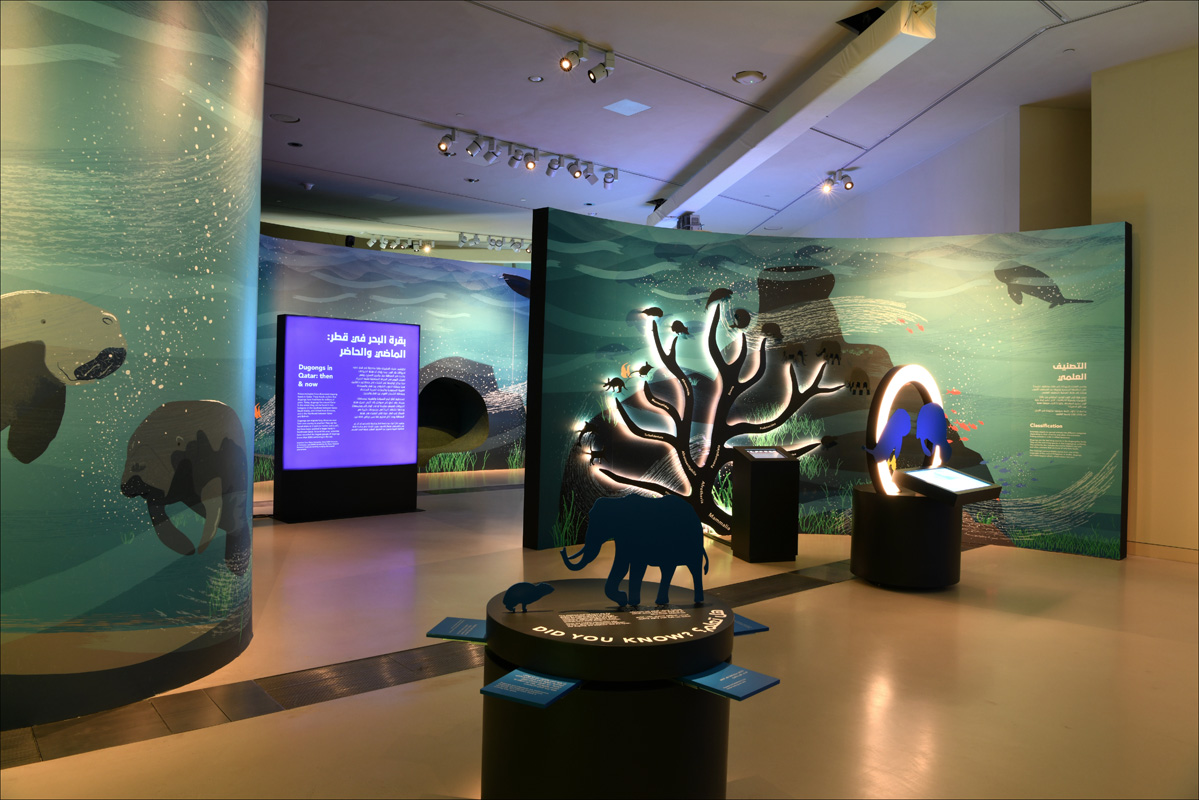
Throughout the exhibition, visitors will have the opportunity to engage in experiential activities, offered within NMoQ’s comprehensive protocols for preventing Covid-19. The unique experiential environments of Seagrass Tales, Dugong Trails will include a simulated underwater habitat and a laboratory. An exhibition highlight includes the installation of a dugong skeleton dating from 2012. The remarkable skeleton was recently added to the permanent collection of the National Museum, having been graciously donated by a family from Al Khor city.

The baby dugong taxidermy and skeleton will be on display alongside a film screening that explains the last days before its passing. The baby dugong died due to being separated from its mother – most likely due to a vessel strike or bycatch accident. The film aims to serve as an important reminder for the wider community to protect and preserve local marine life.
Seagrass Tales, Dugong Trails will remain on view through 15 July 2021 and is presented as part of the Qatar-USA 2021 Year of Culture, which was formalised in September 2020 with a cooperative agreement between the State of Qatar and the United States of America during the 2020 Qatar-United States Dialogue in Washington, D.C.
For more information, please visit www.qm.org.qa














